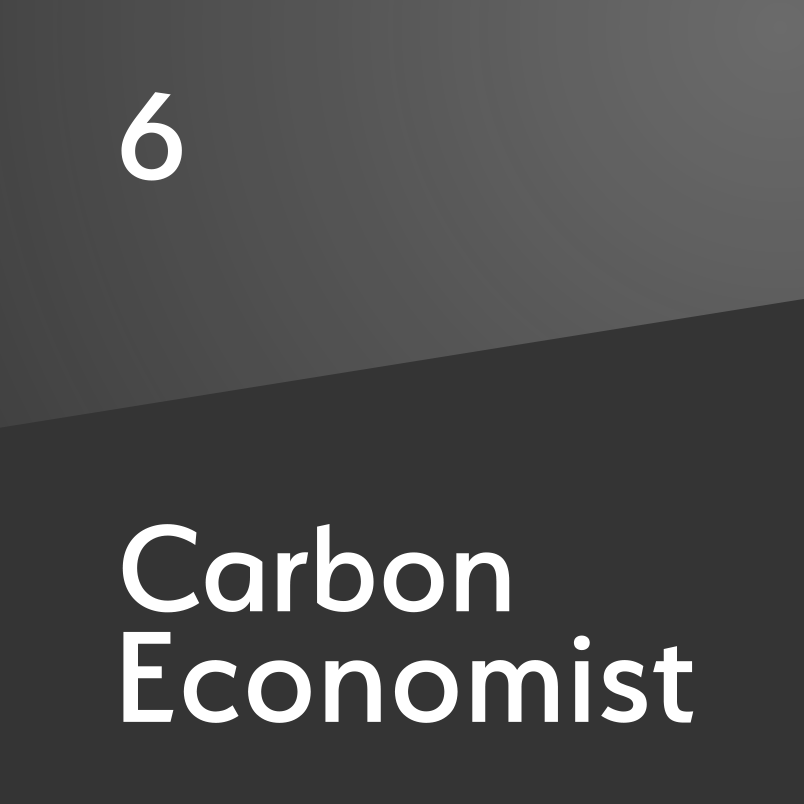Asia increasingly looks to flexible LNG supply
Demand growth and the expiration of existing contracts mean Asian nations will become less reliant on long-term contracted supply
Asia’s reliance on flexible LNG—shipments not bound by destination-specific contracts—is set to increase on the back of higher demand for the fuel. At the same time, contractual term volumes are poised to rise this summer and the coming winter, with China and India set to soak up much of this flexible supply. China will be the main growth driver for demand for flexible cargoes, with imports anticipated to rise over this summer, the upcoming winter and again next summer. Supply of uncommitted, destination-free LNG has seen limited growth this summer but is poised to surge this coming winter and following summer. The jump is dependent on new US projects coming onstream and the planned ramp-up

Also in this section
8 December 2025
The Caribbean country’s role in the global oil market is significantly diminished, but disruptions caused by outright conflict would still have implications for US Gulf Coast refineries
5 December 2025
Mistaken assumptions around an oil bull run that never happened are a warning over the talk of a supply glut
4 December 2025
Time is running out for Lukoil and Rosneft to divest international assets that will be mostly rendered useless to them when the US sanctions deadline arrives in mid-December
3 December 2025
Aramco’s pursuit of $30b in US gas partnerships marks a strategic pivot. The US gains capital and certainty; Saudi Arabia gains access, flexibility and a new export future







